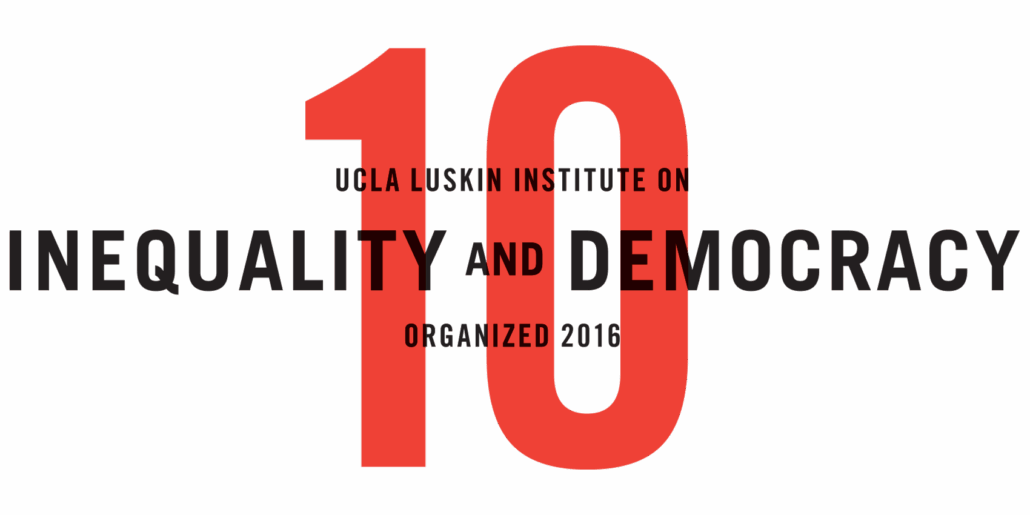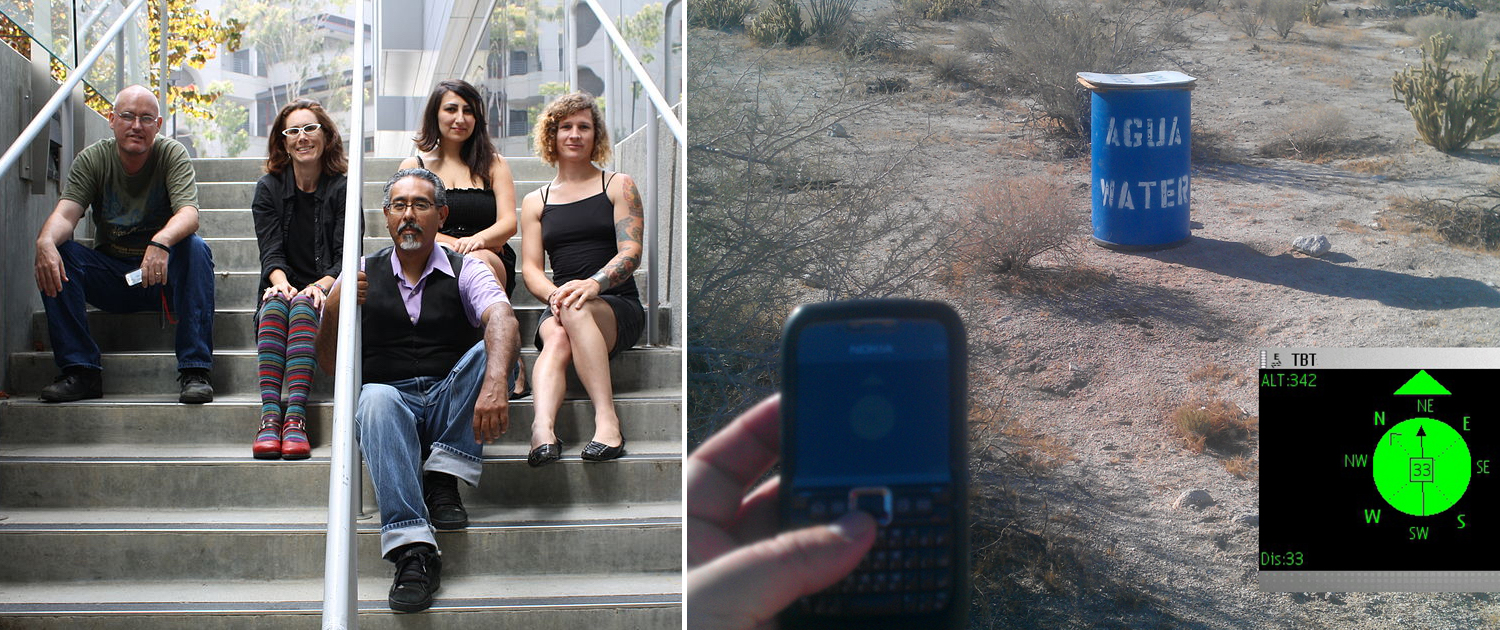THE END OF HUMANITARIANISM
The End of Humanitarianism reworlds systems of liberal governance, such as asylum, revealing the relationship between extraction and migration that underpins the lethality of borders.
Sanctuary Shorts
Sanctuary Shorts is a conceptual conversation with distinguished scholars whose work unravels the logics of racial capitalism, thereby enacting radically different humanisms and liberatory worlds of political being. Filmed in the time of global pandemic, these conversations are meant to bring us together as communities of inquiry. Meant to circulate widely in worlds of freedom struggle and teaching, each Sanctuary Short is accompanied by a toolkit, including a syllabus of readings and guided questions.
Winter 2021 Public Programs
Winter 2021 Virtual Residency: Electronic Disturbance Theater (EDT) 2.0
Electronic Disturbance Theater (EDT) 2.0 is a collective of artivists, performance artists, critical theorists, poets, and coders who engage in disturbances between digital and non-digital spaces. EDT 1.0, whose members included Ricardo Dominguez, Carmin Karasic, Brett Stalbaum, and Stefan Wray, developed the first virtual-sit-in technology in 1998 in solidarity with the Zapatista communities in Chiapas, Mexico. EDT 2.0, whose members include micha cárdenas, Amy Sara Carroll, Ricardo Dominguez, Elle Mehrmand, and Brett Stalbaum, was re/established in 2007. EDT 2.0 created the Transborder Immigrant Tool (TBT), a GPS (Geo-Poetic System) cellphone safety net for wanderers on the Mexico–U.S. border.The Transborder Immigrant Tool has been presented at a number of U.S. and international venues, including ZKM, Center for Art and Media, Karlsruhe, Germany (2013); Van Abbemuseum, Eindhoven, the Netherlands (2013); Toronto Free Gallery, Canada (2011); California Biennial, Orange County Museum of Art (2010), Art in the Age of Anxiety, Sharjah Art Foundation (2020), and La vida nueva, Whitney ISP (2020). EDT 2.0 received the Transnational Communities Award, an award funded by Cultural Contact, Endowment for Culture Mexico–U.S. (2008). Additional funding for the project has been provided by CALIT2 (California Information Technology 2) and the Center for the Humanities at the University of California, San Diego.


